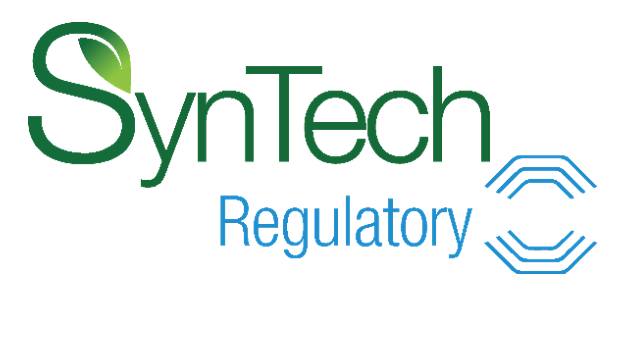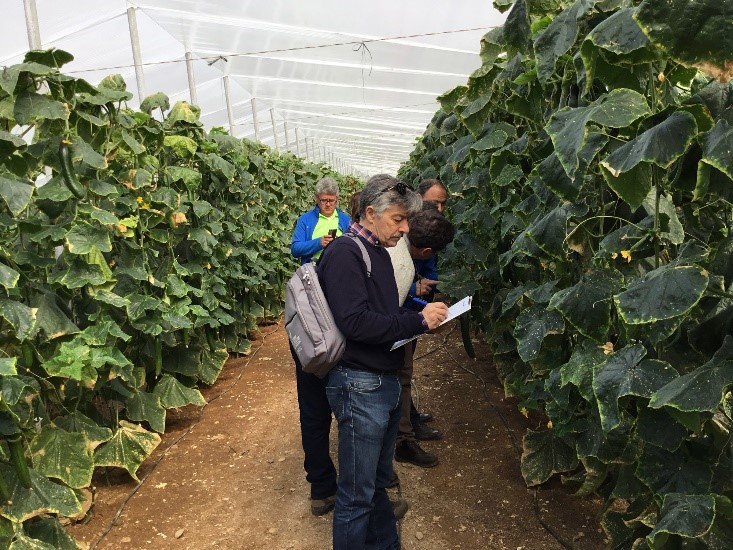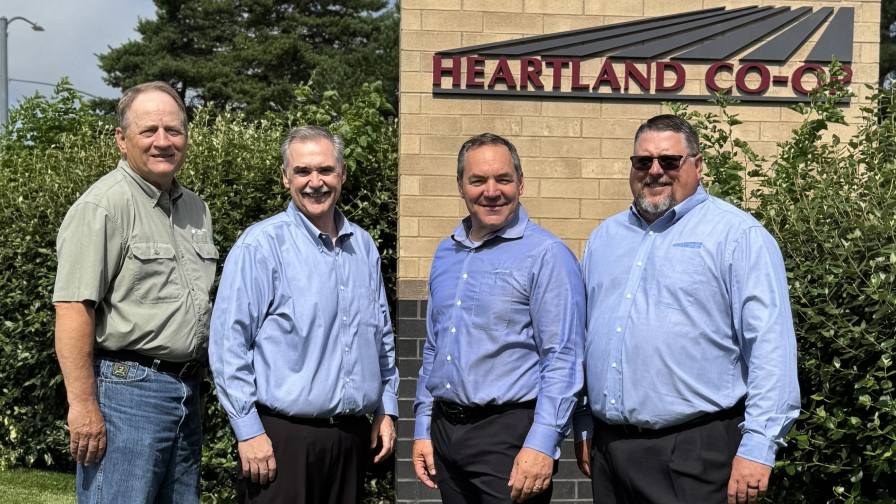Industry Insights: Acadian Plant Health’s James Maude on Contributing to Sustainable Agriculture
AgriBusiness Global talked with James Maude, Senior Vice President for Acadian Plant Health, where he provided a comprehensive overview of the evolving landscape in agricultural technology. With more than 30 years of experience in crop protection, Maude highlights the challenges faced by growers in adopting plant health products, emphasizing the need for education to demonstrate the broader benefits of these technologies, and the macro factors in driving the integration of biostimulants into mainstream agricultural practices.
Having trouble viewing this video? Please click here.|
ABG: How have users’ attitudes changed about plant health products over the last several years?
James Maude: The reality is growers’ motivation is their annual business. They grow a crop, several crops, to make money, and that’s their main motivation. For the last 30 years, agronomy significantly focused on crop protection and fertilizers. Growers are using a synthetic fertilizer plus a fungicide, herbicide, and an insecticide to increase yields and a return on their investment. That’s how their business model works.

James Maude
The adoption of biostimulants as plant health products has been an add-on to that program, not as a core product. There is consideration to improve the health of the crop, but that main economic program is still those key inputs of fertilizers and synthetic pesticides essentially. That means the adoption of plant health products is quite hard at the grower level. You need to be able to demonstrate to a grower that their use of plant health products has a much bigger input than they currently believe. That piece of education is limited at the moment in agriculture. I can reference some studies that have been done recently that demonstrate abiotic stress actually contributes toward 70% crop loss versus biotic stress of 30%. Many growers don’t have that in their model at the moment.
ABG: How do you get growers to use soil health and abiotic stress?
JM: We start with figuring out how to get an ROI for a grower on something like soil health. It takes time to reverse negative effects on the soil. It can take a few seasons, but the growers are looking at an annual income. So again, these benefits, at the grower level, are actually not an easy transition from a traditional agronomy program.
Having said all that, there are a couple of macro drivers that are helping. One is climate change. The ability to grow a crop in a stress-free environment is very limited these days, so that abiotic stress impact that I was talking about at 70% is becoming more real and evident for growers. When we provide a solution to that, then they can see the benefit. It’s more tangible. Then there is more pressure for sustainable agriculture with support from a regulatory and financial situation. Europe is ahead on their biostimulant regulatory framework, and the U.S. is coming along. There is currently a Plant Biostimulant Act in the Farm Bill for review next year.
Then there’s the financial reward, which comes in grants and subsidies. The United Kingdom is a good example of that. Following Brexit, the UK decided not to pay growers on the EU subsidy system, which was based on the amount of land being used in agriculture. The subsidy is now based on sustainable practice. Growers have to demonstrate that they are carrying out sustainable practices, using technologies like plant health products and soil health products as part of their agronomy package.
ABG: Why can it be hard to measure ROI when it comes to biostimulants?
JM: That is that part of the challenge. You’ve pretty much defined the value proposition of biostimulants. It’s not like a fertilizer, where you’re saying one plus one equals two. The industry has been constantly focused on more productivity. Growers want more and more yield. They put on more nitrogen or phosphorus. They use more herbicides and fungicides to bump up that yield. With a biostimulant, what growers are ensuring is the crop will be able to produce its potential yield. It’s a different type of value proposition. The key here is that we’re not just promoting the productivity of the crop. We are looking at sustainability as well as crop production.
With technology like Acadian’s, our products have a positive impact on the microbiome. Our products influence the microorganisms that help the crop extract nutrients from the soil. We know that our products help regulate upwards and downwards the genes in the plant to make it more tolerant to abiotic stress. We have all that mapped. We know that we are contributing to sustainable agriculture as well as the productivity of the crop. What we’re saying is it’s not productivity plus productivity. It’s productivity plus sustainability. That’s the value proposition that we offer with these types of technologies.
Having trouble viewing this video? Please click here.
ABG: Are there other aspects about the products themselves that have changed over the last several years?
JM: I think they have changed for sure. The initial launch of biostimulants was a failure. In fact, they promised everything and delivered maybe one or two things. Now, today, we know if we put the product on, and it’s not having an effect necessarily above ground, it is having an effect below ground. It’s improving several things in the soil that keep the soil alive. I think there’s more of an understanding about the functionality of these technologies and so the products’ value propositions are understood better.
Now we’re starting to have portfolios or product development that’s focused on optimizing around those technologies. We’re looking at taking one value proposition and asking: How do we make this product deliver to its best for that one specific issue? Our goal is to sell solutions and not just a list of promises. We are creating products that are targeted at actual agricultural problems that we can deliver upon. And that optimization then helps the technology be fully exploited in agriculture.





